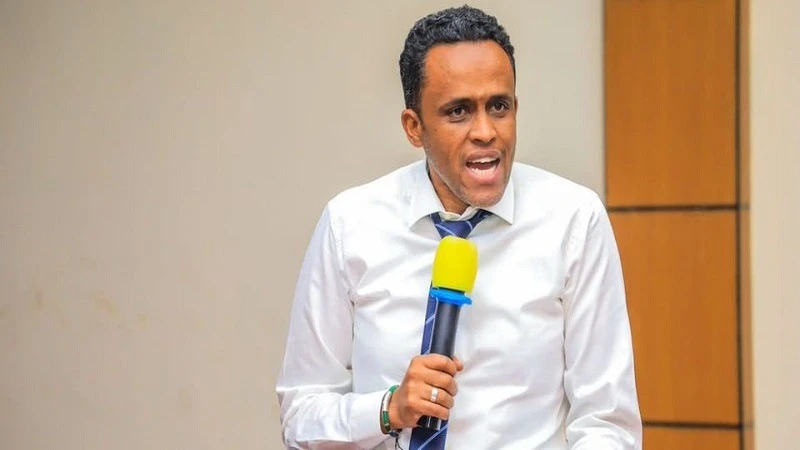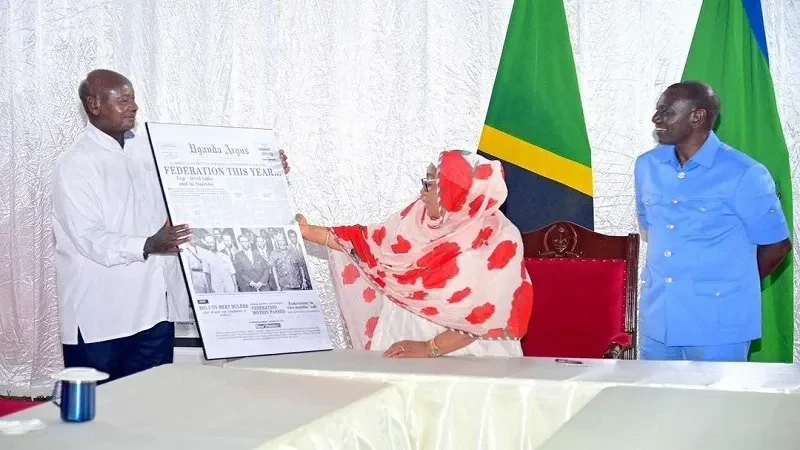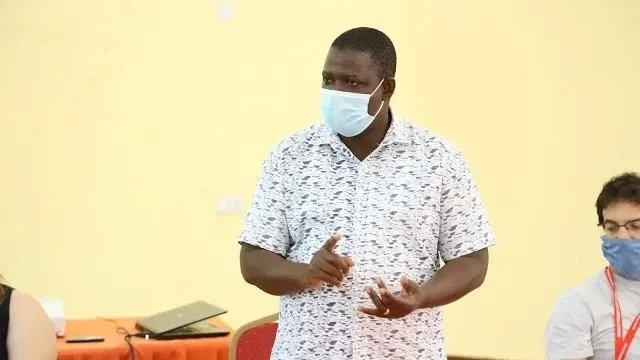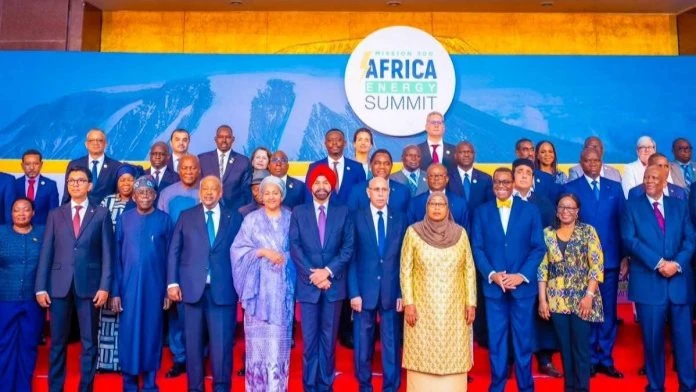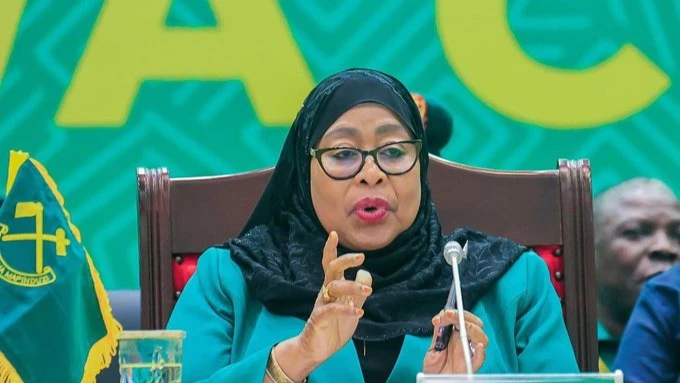NHIF packages restore old cost sharing format

A PUBLIC notice by the National Health Insurance Fund (NHIF) has set out a two tier coverage system each having a distinctive set of packages, a lower cost structure and benefits known as Serengeti and a higher cost structure termed Ngorongoro. The coverage prices indicated for different components of the two tier packages are a far cry from what was being touted as universal health insurance arrangement. There is no surprise that the collective insurance format collapsed, even then.
Only the lower cost package for children range at 240,000/- has some resemblance with the doubtful contribution structure that was being profusely touted until recently. Yet there are auxiliary events that brought a sea change to the policy format and expectations, without even calling an experts’ round table to deliberate on the situation. It is apparent that a certain shift in the balance of things altered perspectives.
One such change is rolling back a range of foreign aid programmes that have for decades carried the United States brand mark around the world, like extensive food assistance delivered with a USAID logo in most conflict areas around the world. The idea that such supplies will no longer be available is little short of shocking, even if the matter is not as yet closed. No other providers would be available to cover the gaps.
The manner in which the NHIF notice appeared carried the wish to appeal to the NHIF client base as it stood at that moment. But the manner of its release was sufficiently low key to tell all and sundry that NHIF and other levels of health administration realise precisely what they are talking about, or whom they were addressing. It came out as an insurance advertisement and indeed this is what it was, comparable for that matter to any private sector initiative, and the issue appears closed.
What might just start being heard in terms of discussion is how far the breadth of employees countrywide will have a chance of being insured, and indeed, even at private sector level. It is uncertain if insurance as such will start remain in fashion at the policy level, or the atmosphere appears to be one specialised insurance for certain levels of professional engagement. Nor is it evident that trade unions will have much influence in who becomes insured, or on what terms, among civil servants and those serving in public corporations, or try other formulas.
How far this change will affect local policy debate as a whole can’t be foretold but this situation is in line with what radical policy planners elsewhere figured out. While the old insurance packages were still being discussed, or putatively being rolled out at the start of the year, the idea that health spending is by definition an internal budget item had not sunk sufficiently in the communication signals of policy makers. There was unquestionably a lot discussion that was still going on about how far multilateral support was likely in NHIF roll out in pursuit of global inclusion policies, most of which is now being discarded in US policy.
Top Headlines
© 2025 IPPMEDIA.COM. ALL RIGHTS RESERVED



